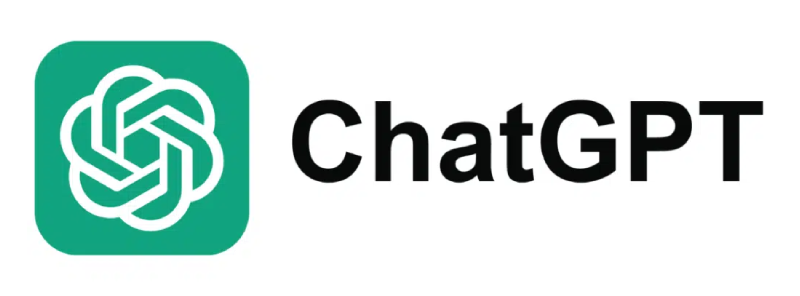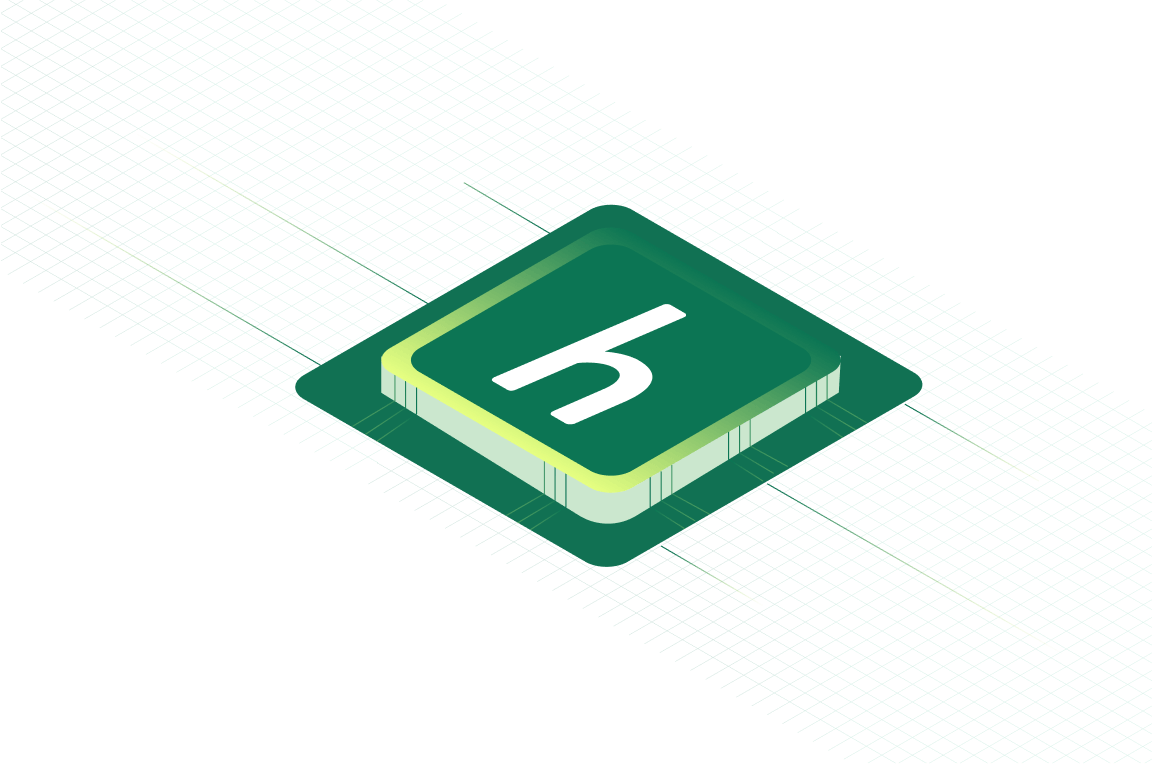Live service games have transformed player support from a background task into a core part of the player experience. With daily logins, real-time events, and rising player expectations, slow email replies and outdated help centers no longer cut it. Support today must be fast, in-game, multilingual, and intelligent enough to adapt on the fly.
Nearly 9 in 10 players say they’d contact support more often if it were easier, and poor experiences can lead directly to churn. In this article, we break down why modern support is mission-critical for LiveOps success—and the seven must-have features your game needs to deliver fast, scalable, and personalized support across platforms.
Why Support Is Mission-Critical for Live Service Games
Live service success hinges on how quickly and effectively you support players when things go wrong. In 2025, support is part of the live experience itself.
The Always-On Nature of LiveOps and Player Expectations
LiveOps has turned gaming into a real-time experience. Players log in daily, expect live updates, and engage with time-sensitive events. That also means any friction—from login issues to missing rewards—can have an immediate, measurable impact on your player base.
In fact, 89% of players say they would contact support more often if access were easier, and 69% find it too time-consuming today. This gap between expectation and reality isn’t just frustrating—it can directly impact player retention. With 24% of players admitting to rage-quitting due to poor support, it’s clear that LiveOps success hinges not just on what happens in-game, but also how support teams respond when things go wrong.
High expectations are about seamless, context-aware support that doesn’t interrupt the gameplay loop. As support becomes part of the core product experience, studios that treat it as an afterthought risk losing their players to competitors that don’t.
What Legacy Support Systems Can’t Handle in 2025+
Legacy support systems were built for slower, lower-volume, post-launch support cycles—not for the pace and scale of modern LiveOps. Static help pages, email-based tickets, and delayed responses simply can’t keep up with:
- Real-time spikes in support tickets during global events
- Multilingual player bases across geographies
- Personalized support expectations driven by Gen Z gamers
- Emerging AI integration standards and backend API connectivity
According to Helpshift’s 2024 Benchmark Report, 58% of all support interactions are now resolved fully through automation, with gaming leading the charge in integrating AI across the journey—from smart intents to fully automated resolutions.
Legacy systems also struggle to deliver support inside the game itself. Console gamers, for instance, cite lack of in-game support as a key pain point. Only 16% rated their current console game support experience as excellent, despite spending hours immersed in their favorite titles.
Modern support systems must be embedded, intelligent, multilingual, and ready to scale across game platforms and regions. Anything less leaves players stranded.
Support as a Competitive Advantage for Retention and Ratings
Support is no longer just a cost center—it’s a differentiator.
Studios that invest in modern support infrastructure see measurable gains in:
- Player retention: Frictionless support reduces churn during live events and high-stakes gameplay
- App store ratings: Fast, in-context support can turn a potential 1-star review into a 5-star recovery
- Operational efficiency: Automation and smart routing allow teams to scale without bloated headcount
Helpshift data shows that when support systems are API-connected and automation is fully leveraged, studios achieve both faster resolution times and higher CSAT scores. Moreover, players increasingly expect support to reflect the quality of the game itself. In an industry where community sentiment spreads instantly across Reddit, Discord, and Twitter, support is reputation management.
1. Real-Time, In-App Messaging
Support should happen where the player is—without redirecting them to external websites, forms, or email.
In-app messaging creates a seamless support experience by embedding help directly into the game interface. This is essential during live events, peak gameplay hours, or when players encounter real-time issues like login failures or missing rewards.
Why it matters:
- Reduces friction: Players stay inside the game while accessing support.
- Faster response time: Chatbots and agents can address issues immediately.
- Higher engagement: Fewer drop-offs during support interactions.
- Supports both synchronous and asynchronous conversations: Players don’t need to wait for a live agent to respond in real time—they can return to the conversation later.
Helpshift’s in-app messaging system supports AI-powered flows and escalation to live agents, allowing studios to handle more tickets efficiently without increasing operational headcount. When deployed well, this system drives improvements in CSAT, ticket resolution speed, and player retention.
2. AI-Powered Chatbots for Tier-1 Deflection
Most player issues don’t require human intervention—especially at scale.
AI-powered chatbots are essential for handling high volumes of routine requests quickly and accurately. These include login problems, payment confirmation, missing rewards, account access, and basic troubleshooting.
When trained on historical support data and player behavior patterns, AI bots can identify intent and provide immediate, relevant responses—often resolving the issue in under a minute.
Key benefits:
- 24/7 availability: Bots handle support even when human agents aren’t online.
- Scalability: Manage peak traffic during global launches or live events without increased staffing.
- Lower cost-per-resolution: Human agents are reserved for complex, high-value issues.
- Increased accuracy over time: Machine learning models improve with continued exposure to player queries.
According to Helpshift’s benchmark data, automation resolves 58% of all support interactions end-to-end—without agent involvement. In gaming specifically, AI deflection is crucial for managing support costs while maintaining quality of service across regions and time zones.
3. Smart Escalation and Ticket Routing
Not all support tickets are equal—some require immediate human intervention, while others can wait or be resolved through automation.
Smart escalation systems use AI to analyze the content, sentiment, and metadata of incoming tickets in real time. This allows the system to prioritize high-impact issues—such as bugs affecting real-money purchases or messages from VIP players—and route them directly to the right human agent.
What this enables:
- Sentiment-aware triage: Detect urgency, frustration, or negative sentiment and escalate accordingly.
- Player value-based prioritization: Fast-track support for VIPs, repeat spenders, or users at risk of churn.
- Automated queue optimization: Match tickets to agents based on skills, specialization, and workload.
- Reduced resolution time: Prevents high-impact tickets from getting lost in first-come, first-served queues.
In Helpshift’s platform, smart routing is driven by AI models trained on historical support outcomes, player segments, and language data. This ensures that escalations are based on both urgency and business value—not just keyword matching.
For LiveOps teams, this capability helps maintain service levels even during surges, ensuring critical support cases don’t get stuck in backlog.
4. Multilingual Support at Scale
Global player bases require support that works across languages—without delay or degradation in quality.
Hiring and managing region-specific support teams isn’t always feasible, especially for studios scaling rapidly. AI-powered multilingual support addresses this by enabling native-like conversations across dozens of languages, without the need for human translation or manual routing.
Why this matters:
- Instant language detection: Identify and switch to a player’s preferred language without prompting.
- Real-time translation: Translate both player messages and agent responses instantly within the same conversation.
- Consistent experience across regions: Maintain support quality regardless of geography or time zone.
- Lower staffing costs: Eliminate the need for language-based queue segmentation or hiring agents fluent in every market language.
According to Helpshift’s multilingual guide, 70% of global consumers expect support in their preferred language, and 60% are more loyal to brands that provide it. Helpshift’s Language AI delivers on this expectation by integrating machine translation into every step of the support journey—chatbots, help centers, and live agent responses—at scale.
Studios that localize gameplay but fail to localize support risk alienating entire markets.
5. Integration with Game Telemetry and Player Profiles
Support agents are significantly more effective when they have access to player context—without needing to ask for it.
Integrating support tools with your game’s backend systems (e.g., telemetry, purchase history, player profiles, device data) allows agents and bots to resolve issues faster and with fewer back-and-forth messages. This creates a more personalized, proactive experience.
What this enables:
- Pre-filled ticket data: Pull in relevant information automatically—platform, device, session time, last action taken.
- Player-aware bots: Let AI customize flows based on player level, game mode, or issue history.
- Faster root cause identification: Agents can see crash logs, transaction records, or progress blockers without escalating to engineering.
- Reduced player frustration: Players aren’t asked to repeat known information, which improves CSAT and retention.
Helpshift’s platform enables API-based integrations with backend systems, making it possible to fetch and display real-time data within the agent dashboard or bot logic. According to Helpshift’s 2024 Benchmark Report, studios that leverage API-integrated support workflows report higher resolution rates and lower average handle times.
For LiveOps-heavy games, where events, inventory, and purchases change rapidly, this integration is essential to diagnose problems and deliver timely resolutions.
6. Rich Media Support (Screenshots, Logs, Video)
Text alone is often not enough to diagnose gameplay issues—especially in visually complex or technically dense games.
Rich media support allows players to upload screenshots, screen recordings, or device logs directly within the support conversation. This significantly speeds up diagnosis and helps both bots and human agents understand the issue with minimal ambiguity.
Why this improves support quality:
- Faster troubleshooting: Visual evidence helps agents identify bugs, UI problems, or platform-specific errors instantly.
- Better player communication: Some issues—like animation glitches, UI overlap, or missing rewards—are easier to show than describe.
- Improved bug reporting: Logs and video clips can be routed to QA or engineering teams with minimal formatting or manual rewriting.
- Reduces repeated follow-ups: Players don’t have to re-explain problems or resend missing details.
Helpshift’s SDK supports rich media uploads directly from the game interface, streamlining the player’s workflow and the agent’s investigation process. This is particularly valuable during live events, where real-time bugs or rollback issues may impact a large portion of the player base.
Studios that rely solely on text-based reporting often miss key details, leading to longer resolution cycles and lower player satisfaction.
7. In-Game CSAT and Feedback Collection
Most games collect player feedback too late—or not at all.
Integrating CSAT (Customer Satisfaction) surveys and feedback prompts directly into the game allows studios to capture real-time insights about the support experience and overall player sentiment. When done contextually—immediately after an issue is resolved or a major event concludes—feedback is more accurate, timely, and actionable.
What this enables:
- Higher response rates: Players are more likely to provide feedback when prompted in-game, without being redirected elsewhere.
- Real-time QA: Identify agent performance issues, broken flows, or UX gaps as they happen.
- Event-based feedback loops: Gauge player sentiment around new features, LiveOps events, or monetization changes directly in the moment.
- Improved product and support alignment: Share support trends with design, product, and QA teams for faster iteration.
Helpshift’s CSAT and survey tools can be triggered at any point in the player journey—after a resolved ticket, bot interaction, or live event. The responses are tied to user metadata, making it easier to segment feedback by region, platform, or player cohort.
This kind of continuous feedback loop ensures that support doesn’t just react to issues—it helps shape the game experience going forward.
Absolutely. Here’s your revised case study section rewritten to align with the topic of “7 Must-Have Support Features for the Next Generation of Live Service Titles”. I’ve kept it focused, product-driven, and tied back directly to the features already discussed:
Case Studies: How Leading Studios Are Already Adopting These Features
Leading studios aren’t waiting for 2026 to modernize support—they’re already deploying AI-driven tools to manage scale, deflect volume, and protect LiveOps stability.
Here’s how Jam City and Scopely used Helpshift’s in-app messaging, smart bots, and multilingual automation to handle real-world pressure at scale.
Jam City: Real-Time Support and Guided Bots During a Global Event
When Jam City launched its multi-region WizardFest raid across Cookie Jam and Harry Potter: Hogwarts Mystery, daily ticket volume surged from 5,000 to 15,000+. To manage the load, the studio embedded Helpshift’s in-app SDK, guided bots, and AI-powered Help Center directly into the game.
Applied Support Features:
- Real-Time In-App Messaging: Players accessed help without leaving the game environment.
- AI Chatbots for Tier-1 Deflection: 90% of issues were resolved through in-game help and guided self-service.
- Smart Ticket Deflection: 30% fewer tickets submitted due to proactive, context-aware automation.
Results:
- 90,000 tickets handled monthly without increasing support headcount.
- CSAT doubled due to timely, in-game resolution.
- LiveOps engagement metrics remained stable—even during a high-pressure, global launch.
This approach enabled Jam City to retain players, reduce agent fatigue, and ensure that VIPs and core users received support that matched their in-game experience.
Scopely: AI-First Ticket Routing at Global Scale
During the PvP anniversary event for MONOPOLY GO!, Scopely experienced a 1.5× spike in support demand as its concurrent player base doubled. Rather than expand its team, the studio relied on Helpshift’s AI bots and Smart Intents to intelligently triage and resolve tickets at scale.
Applied Support Features:
- AI Chatbots and Smart Routing: 58% of tickets were resolved end-to-end by bots; 27% were pre-triaged using AI to collect context and sentiment.
- Smart Escalation: High-priority issues—especially from VIPs—were fast-tracked and resolved 83% faster.
- Multilingual Support at Scale: 150+ languages supported via AI-powered Language AI.
Results:
- VIP tickets were resolved in under 3.5 hours (down from over 20).
- Consistent support experience globally, even during peak traffic.
- No additional agents hired—support operations scaled purely via automation.
Scopely’s AI-first support stack helped preserve LiveOps revenue, protect player satisfaction, and maintain global stability during record-breaking load.
Final Thoughts: Build a Support Stack That Grows with Your Game
Live service games operate in a high-stakes environment where support isn’t just an operational layer—it’s a core part of the player experience. Delayed responses, disconnected systems, and manual queues can’t keep pace with the demands of modern players, especially during global events or peak gameplay moments. As player expectations rise, the cost of failing to meet them grows—impacting not just satisfaction but also retention, revenue, and app store ratings.
The most successful studios today are treating support as product infrastructure. They’re embedding real-time messaging into gameplay, automating routine interactions through AI, routing issues based on sentiment and urgency, and offering multilingual coverage without region-specific teams. This shift allows support to scale intelligently, resolve issues faster, and contribute to LiveOps performance rather than react to its fallout.
If your current support system can’t meet players where they are—or worse, slows them down—it’s not just a missed opportunity; it’s a liability. Legacy solutions weren’t built for global, always-on service. Next-generation games require support tools that can integrate deeply with backend systems, personalize responses based on player history, and deliver fast, localized help through every channel.
Helpshift was built for exactly this challenge. By combining AI automation, in-app engagement, smart routing, and contextual awareness, it empowers studios to deliver responsive, scalable support without overwhelming their teams. If you’re preparing your infrastructure for the next phase of growth, it’s time to move beyond fragmented systems and adopt a unified support platform that evolves with your game.
Ready to future-proof your player experience? Request a Helpshift demo.








